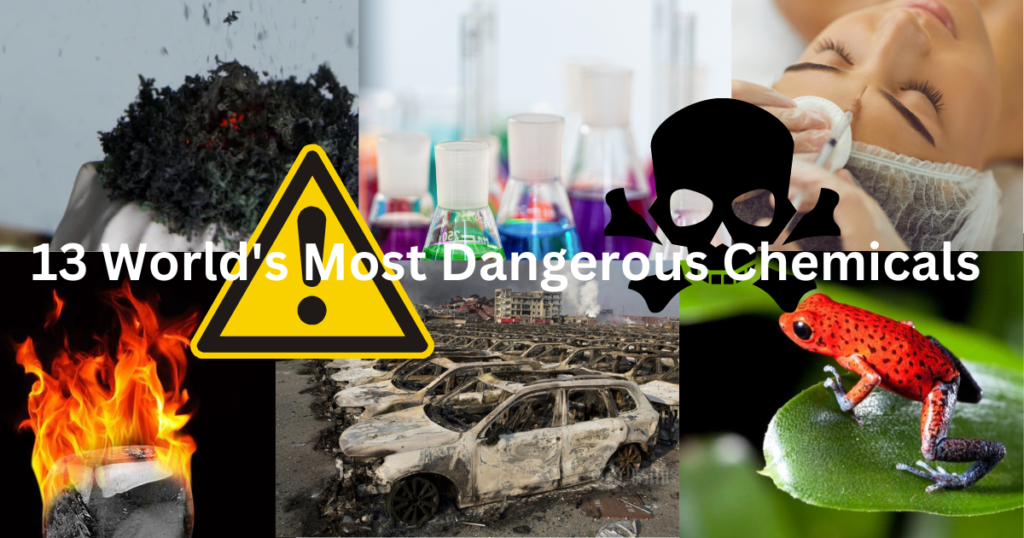
Chemicals can be found practically everywhere. Most are harmless or necessary for life, but some will soon rob you of your life if not handled with caution.
It’s our death-star chemical squad. Along with a few chemicals that could be in your home, we have several ancient toxins that have cruelly taken the lives of millions of people. Experiencing even a tiny amount of any of them will have you scrambling to jot down your life goals.
There are many chemicals in use today that have the potential to be fatal or seriously harmful. Here we’ll look at 13 of the most hazardous compounds, preferably ones you have never come into contact with.
1. Dimethyl Cadmium, the Most Dangerous of All Chemicals
Dimethyl cadmium has been known to be the most hazardous chemical in the world and is nearly never safe to be around. Even a few micrograms of it, which evaporates quickly at ambient temperature, can be hazardous if inhaled.
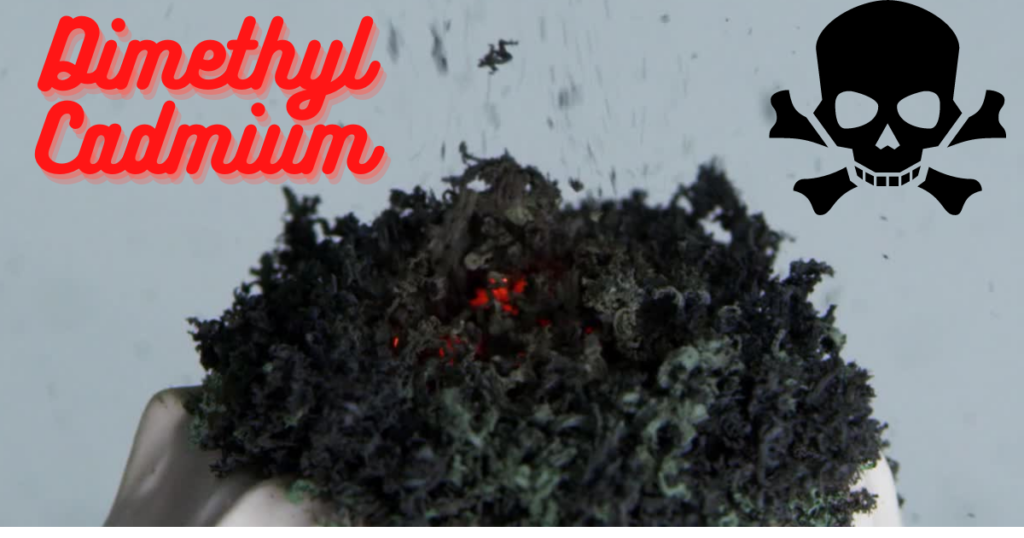
The chemical enters the bloodstream and goes to various organs, removing electrons from cell membranes. Additionally, it is carcinogenic, meaning that any cells that aren’t destroyed the first time can develop cancer.
Dimethyl cadmium is flammable and deadly when it is liquid, but it may also dry out into a highly explosive crust that is also very unstable. It explodes in brief blasts if it falls into the water. It also stinks, so if you’re ever exposed, you’ll have an olfactory clue that you’re about to die.
2. Sodium Cyanide Is An Instant Killer
Sodium cyanide is frequently employed as a reactant in industrial processes. It smells like almonds, but if you get too close to it, you’ll die in a matter of seconds.
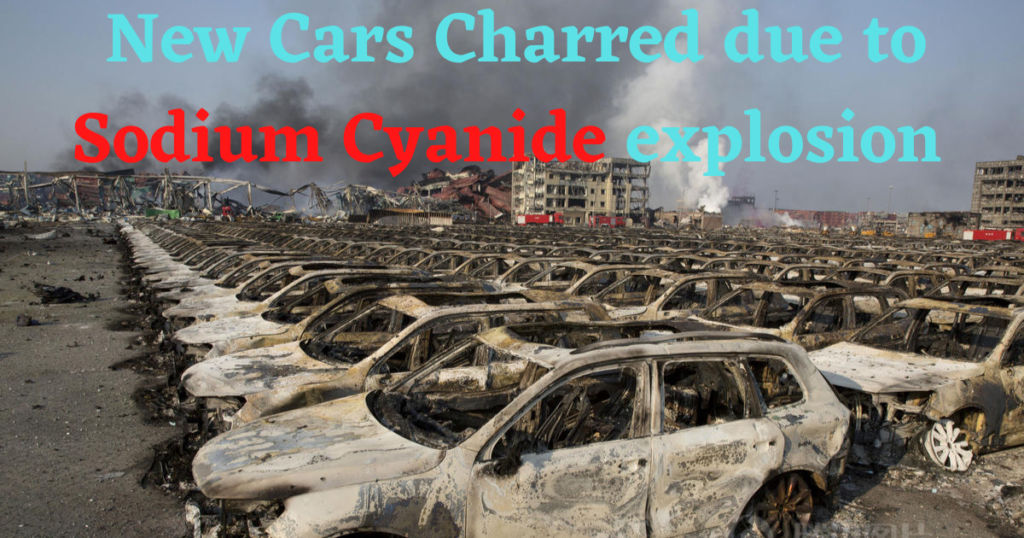
Cyanide prevents mitochondria from using oxygen by binding to the protein cytochrome c oxidase.
Many notable Nazis, including Adolf Hitler and Eva Braun, are thought to have used cyanide to commit suicide or cover their tracks from prosecution, including Alan Turing, who may have committed suicide by eating or ingesting a cyanide-laced apple.
The onset of symptoms can be rapid after ingestion, and death can occur within minutes. A lethal dose can be administered in a matter of seconds. Algae, fungi, spinach, almonds, lima beans, and peach pits are just some of the many natural sources of this molecule. However, they contain very small amount of cyanide, which makes them safe to eat.
3. The Piranha Solution: Junking It Up
If you’re looking for a stomach-churning YouTube video, try searching for “piranha solution dissolving chicken legs.” You’ll see how swiftly and thoroughly these powerful acids dissolve flesh.

Meat may be removed from bones in minutes with piranha solutions. In addition to being more effective than a pure acid at removing organic material, it will also peel away the bone entirely if submerged.
The infamous “Piranha Solution” combines sulfuric acid and hydrogen peroxide in a ratio of three parts per one. The Piranha Solution notoriously removes all traces of biological material within no time.
4. Nicotine is Toxic, More Than You Thought
Plants produce nicotine as a defense strategy against herbivores. Because of this, it ranks among the worst poisons ever discovered.
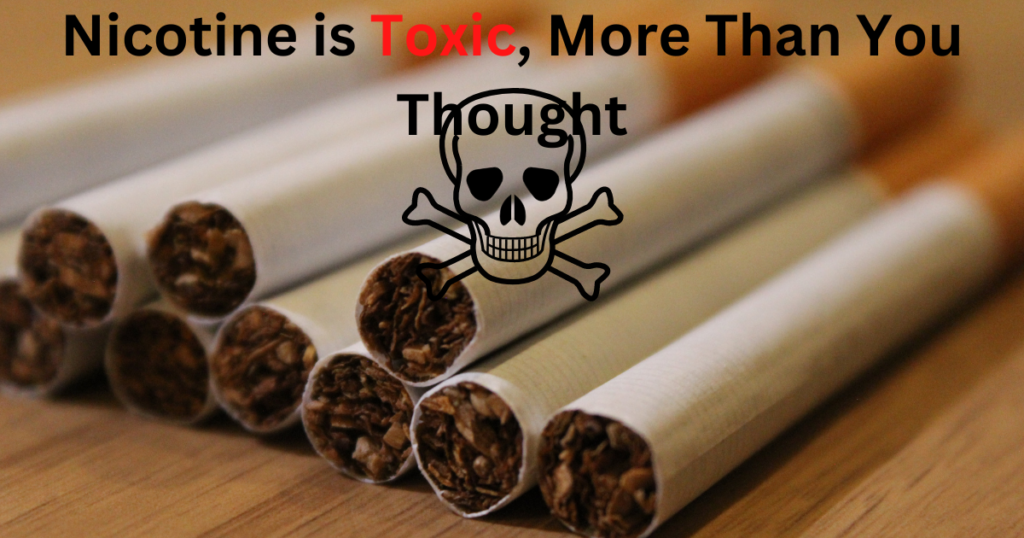
Not only is it highly addictive at even relatively modest dosages, but it is also lethal at sufficiently high ones. Five micrograms per cubic meter of air (mcg/m3) of nicotine are considered “immediately harmful to life and health” by the National Institute for Occupational Safety and Health.
5. Dioxygen Difluoride Ready For Explosion
Dioxygen difluoride, sometimes known as FOOF, is a very reactive chemical that has generally proven far too toxic for scientists to work with. One article reported that it is most stable around 90 Kelvin, which is roughly -180 C and -300 F, although even at such temperatures, it is questionable whether it is entirely risk-free. This stuff goes boom at room temperature.
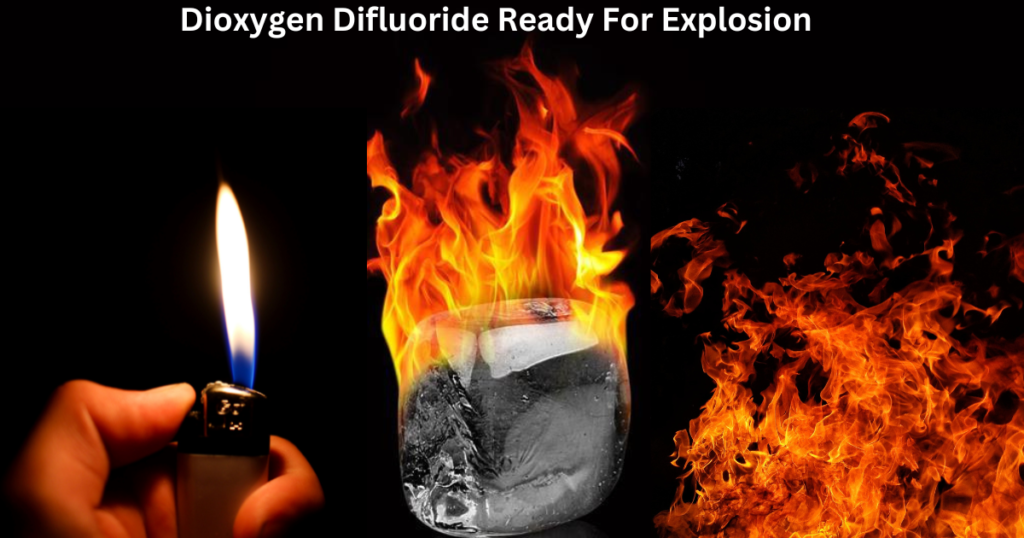
According to the same paper, it will spontaneously combust if it comes into contact with solid ethyl alcohol. A single drop of it ignited upon contact with methane at 90K, and a mere 0.2 mL of the gas caused an explosion at temperatures far below anything you’d find on Earth.
FOOF was subjected to a variety of environments and chemicals. The response was always the same: an explosion.
6. Strychnine Allegedly Killed Alexander the Great
Assassins and poisoners have relied on strychnine for a long time. It is most commonly used to eliminate bothersome insects, but it can also destroy the lives of humans.
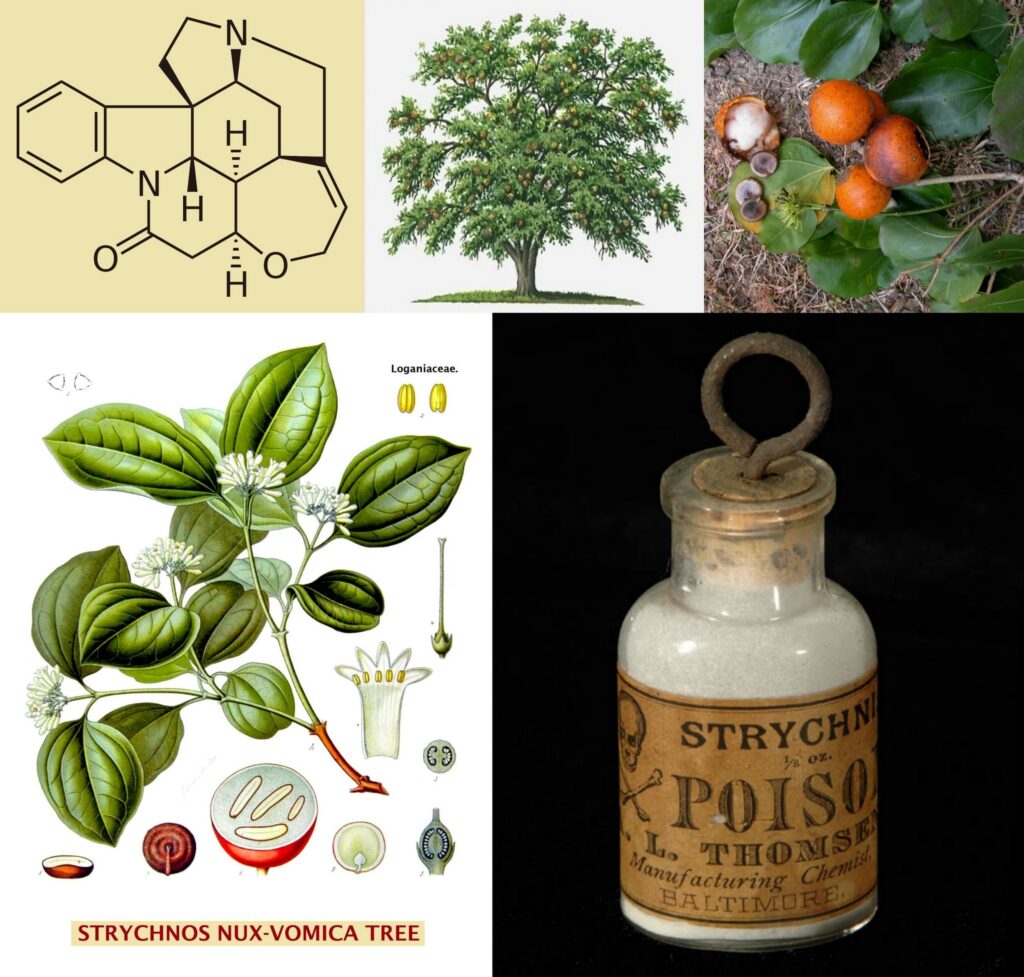
Many renowned people, including Alexander the Great and Robert Johnson, the father of blues music, have been linked to its use as a murder weapon.
7. Batrachotoxin Is Extremely Hazardous To Life
Compounds that can cause death can be found all over the world. Some substances are only deadly after being exposed to them for a long time, and others are horrifyingly hazardous, even in tiny doses. One such chemical is batrachotoxin.
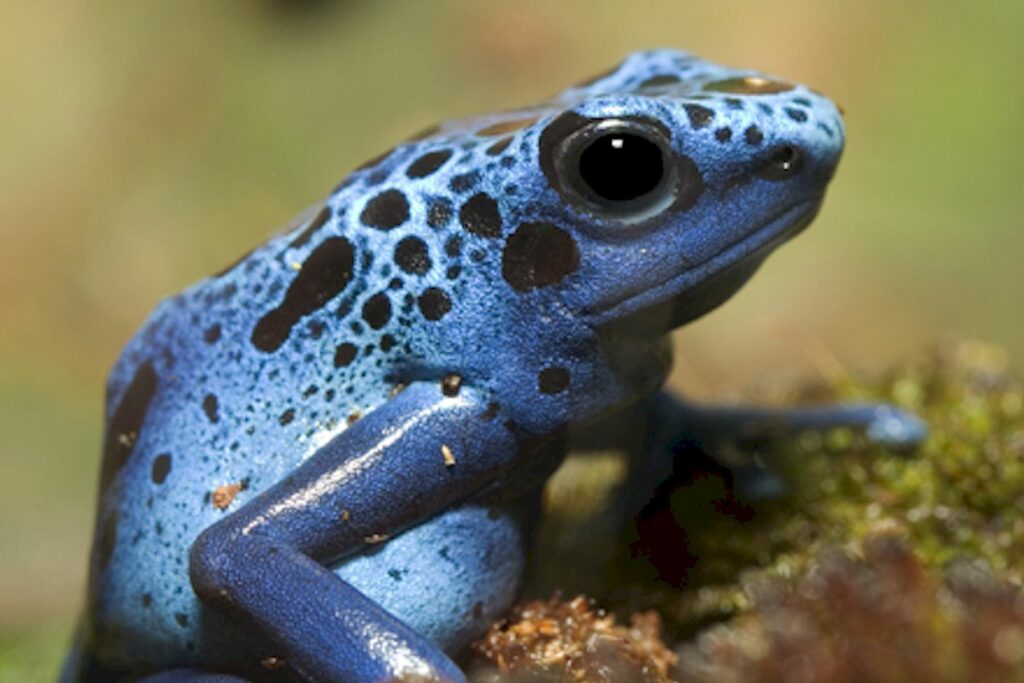
Batrachotoxin, the deadly poison that dart frogs produce, only needs a dose the size of two grains of salt to kill a 150-pound adult. That equals 136 micrograms. Only around eight dosages would fit into the body of a single small frog.
You can see why native hunters from the same part of the world where the frogs live used the poison. The venom produced by only a few of these frogs would be enough to kill 20,000 mice.
8. VX Nerve Gas Can Turn You Off For Good
VX gas was used in The Rock (1996). The film’s toxic chemical was natural. It’s real and deadly. It’s the world’s most potent nerve agent, causing many unpleasant consequences.
In 2022, the US destroyed 30,000 tons of VX, Sarin, and mustard gas. In 2017, a milligram was used to kill Kim Jong-half-brother.
VX can cause eye pain, diarrhea, drooling, and vomiting within seconds. Neurotoxin VX prevents your muscles and glands from “going off,” causing overstimulation, weariness, and an inability to breathe, leading to paralysis and death. Death can occur in minutes, depending on exposure.
9. Sarin Gas May Kill In Minutes
Sarin is a highly potent nerve agent that will kill exposed people in less than 10 minutes. When inhaled, it paralyzes the lungs, causing the victim to suffocate to death.
Numerous authorities commonly recognize Sarin as a potential weapon of mass destruction. To this aim, its manufacturing and stockpiling were prohibited by the Chemical Weapons Convention of 1993 and categorized as a Schedule 1 material.
10. The Oddly Explosive Azidoazide Azide
Science has invented many things that go boom, including TNT and C4. Acid azide’s formula, C2N14, has a lot of nitrogen. It’s among the most explosive chemicals ever found. No one has accurately measured how explosive it is because it always goes off. This makes it hard to know if it is the most explosive material in the world.
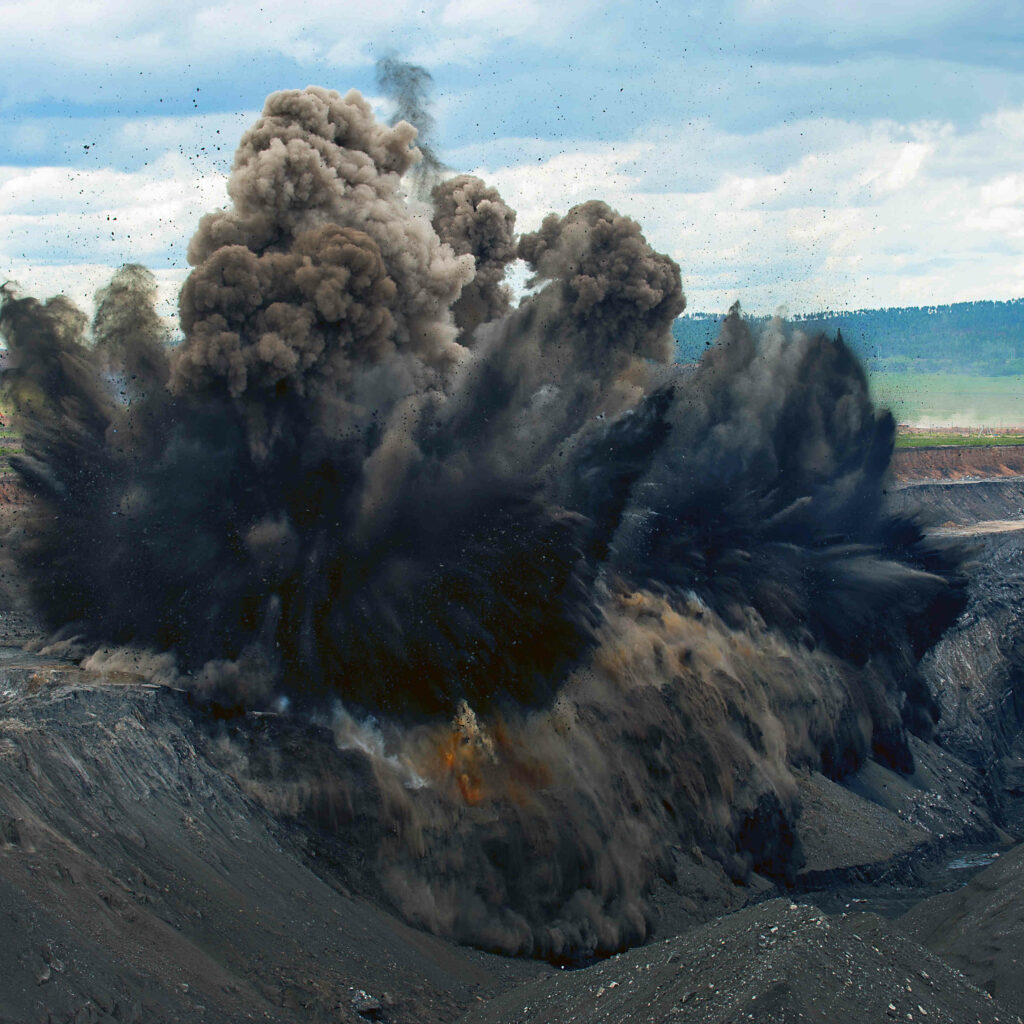
Even scientists trained to handle unstable substances with sensitive equipment can’t measure this compound’s explosive potential. It booms when moved. When dissolved, it explodes fiercely. Detonation occurred when its infrared spectra were analyzed.
11. Ricin Is A Toxic Substance.
Ricin has a well-deserved reputation for being an extremely lethal substance. However, it is not hard to find in the seeds of plants that produce castor oil.
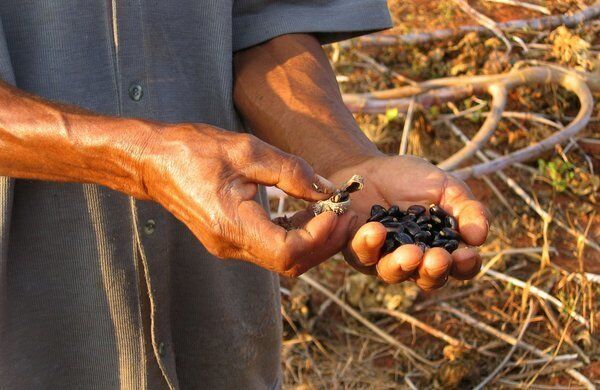
It is a potent poison, and a dose as small as a few grains of table salt can cause instantaneous death in a human being. Some preliminary research was done on ricin’s possible military applications for a while, but eventually, the focus shifted to developing Sarin as a weapon.
12. Chlorine Trifluoride, An Extremely Reactive Chlorine
Most of us won’t find chlorine trifluoride in nature, which is a good thing since it’s dangerous. One of chlorine trifluoride’s most well-known properties is its corrosion of glass. It is a substance known as an interhalogen compound, which is colorless, exceedingly corrosive, and reactive.

It can only really be stored in metal containers that have been fluorine-treated because it is primarily utilized as a component of rocket fuel. This toxic substance reacts violently and explosively with water.
Its military uses were obvious. Easy-to-make bombs and flamethrowers may be abundant. It was inexpensive, easy, and effective, but only 30 tons were made since it was unstable and dangerous. In the 1950s, 1 ton of CTF leaked. It burned a foot of concrete and three feet of gravel, releasing acid.
13. Botulinum Toxin A, Botox Beauty Can Paralyze
Botox, or botulinum toxin A, is a widely used cosmetic drug that also happens to be one of the most poisonous substances in the natural world. Clostridium botulinum and similar types of bacteria produce this hazardous protein.

As little as 1.3–2.1 ng/kg put into a human being would be fatal. You may be wondering why it is employed for such procedures. It paralyzes muscles when taken in small amounts, so it can be used to get rid of wrinkles and stop spasms.
How To Safely Store Dangerous Chemicals?
Dangerous chemicals can be safely stored using the following:
- Specialty storage containers.
- Secondary containment systems.
- Climate-controlled storage.
- Secure storage and proper labeling.
- Emergency response plans.
- Professionally trained personnel comply with safety regulations and standards.
FAQs
Is there a single chemical that kills more people than any other?
Some substances are more likely than others to kill, but many contenders exist. The botulinum toxin, however, is among the most lethal toxins known to man. The Clostridium botulinum bacterium produces botulinum toxin, which is also utilized in cosmetic surgery.
Which gas is the most hazardous in the world?
It’s hard to say which gas is the most dangerous in the world because the danger of a gas depends on a lot of things, like how toxic, flammable, or reactive it is.
Some gases that are particularly hazardous include:
- Chlorine gas is highly toxic and can cause respiratory distress or death.
- Phosgene gas can cause chemical burns and respiratory failure.
- Hydrogen sulfide gas is highly toxic and can cause death in high concentrations.
When working with gases, it is imperative to be careful and follow all safety rules.
What are some of the most lethal chemicals?
Many hazardous chemicals can kill you if you eat, drink, or inhale them. Some examples include:
- Cyanide: This chemical can be found as a gas, liquid, or crystal. It is highly toxic and can be lethal in small amounts.
- Ricin: This toxic protein is found in the seeds of the castor oil plant and can be lethal if ingested or inhaled.
- Botulinum toxin: This poison is produced by the bacterium Clostridium botulinum and can cause severe respiratory illness and death.
- Sarin: This chemical is a nerve agent that can be lethal if inhaled or absorbed through the skin.
- VX: This chemical is a nerve agent that is highly toxic and can be lethal in small amounts.
It is important to note that these chemicals are highly regulated and not readily available to the general public. They are typically only found in research laboratories, military stockpiles, or other specialized settings.
No comments:
Post a Comment